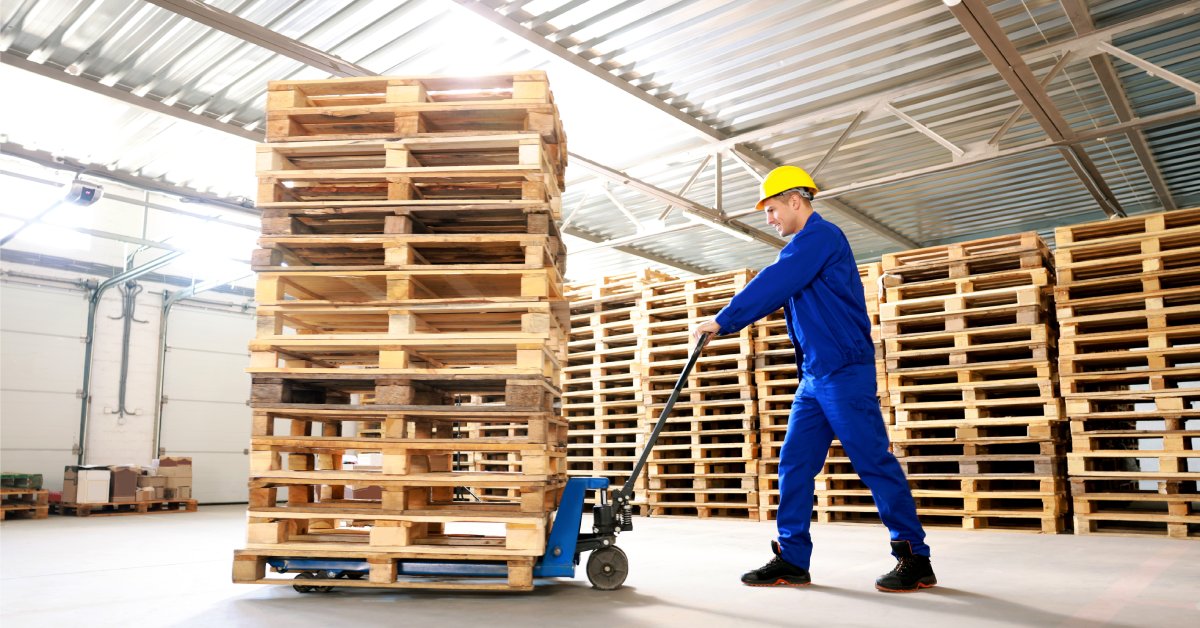Efficient pallet handling is a requirement for fast-paced logistics operations. Businesses that adopt structured processes for loading and unloading pallets reduce product damage, improve worker safety, and keep supply chains moving smoothly. By focusing on preparation, safety, and the right tools, companies can significantly boost productivity.
This guide outlines the best practices for efficiently loading and unloading pallets to support organized, safe, and cost-effective logistics operations.
Preparation for Pallet Loading and Unloading
Successful pallet handling starts with thorough preparation. Trained staff should inspect each pallet for damage—such as cracks, splinters, or structural weakness—that could jeopardize safety or performance. Damaged pallets risk accidents, disrupt the flow of goods, and cause delays.
A clean, organized loading and unloading area improves workflow by minimizing confusion and preventing hazards. Businesses that work with a reliable pallet distributor can access quality pallets that meet operational standards and reduce the likelihood of disruptions.
Best Practices for Loading Pallets
Strategic pallet loading ensures stability during storage and transit. Evenly distributed weight prevents shifting or tipping, reducing the chance of accidents.
Place heavier items at the bottom, and stack lighter ones on top to maintain balance. Use shrink-wrap or straps to secure goods tightly. Following these best practices for efficiently loading and unloading pallets ensures load integrity, minimizes damage, and speeds up transport.
Best Practices for Unloading Pallets
Safe and effective unloading starts with using the right equipment. Forklifts, pallet jacks, and automated guided vehicles (AGVs) manage loads while minimizing physical strain on workers. Proper training on these tools is necessary to prevent mishandling. Unloading should follow a systematic approach to maintain order, avoid product loss, and support continuous operations. Working closely with a pallet distributor ensures the supply of well-constructed pallets that hold up through the unloading process.
Safety Measures
Workplace safety is important in every stage of pallet handling. Personnel should wear protective gear such as gloves, high-visibility clothing, and steel-toed boots. Adhering to load capacity guidelines and using proper lifting techniques prevents injuries and extends the life of pallets. A strong safety culture protects workers while supporting operational efficiency.
For comprehensive pallet solutions, partner with a pallet distributor that understands the full scope of logistics needs. First Alliance Logistics Management connects businesses with a network of over 225 suppliers, including pallet manufacturing, recycling, and repair companies. Contact First Alliance Logistics Management today to partner with a company that supports efficiency, safety, and quality.

